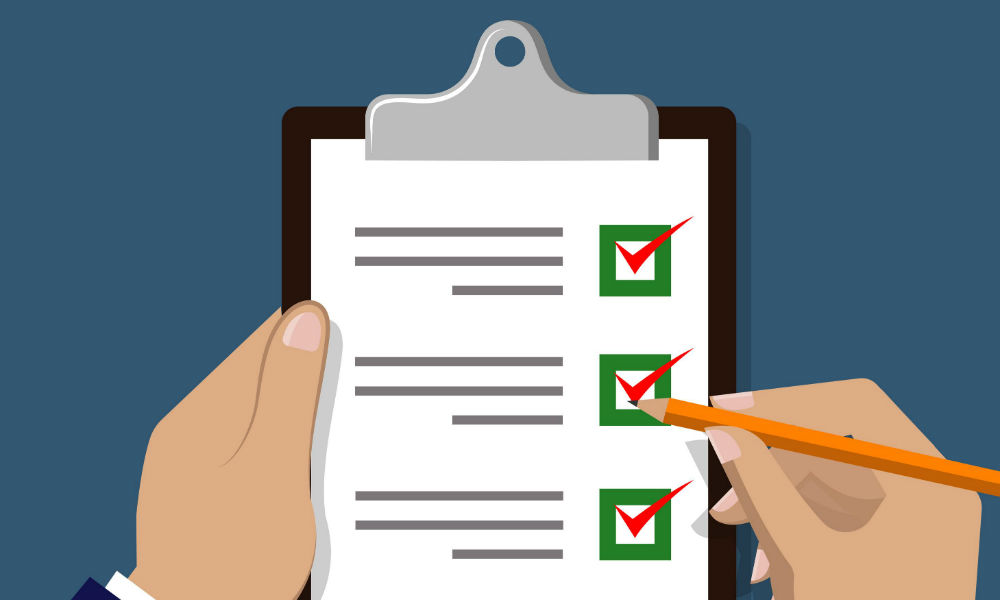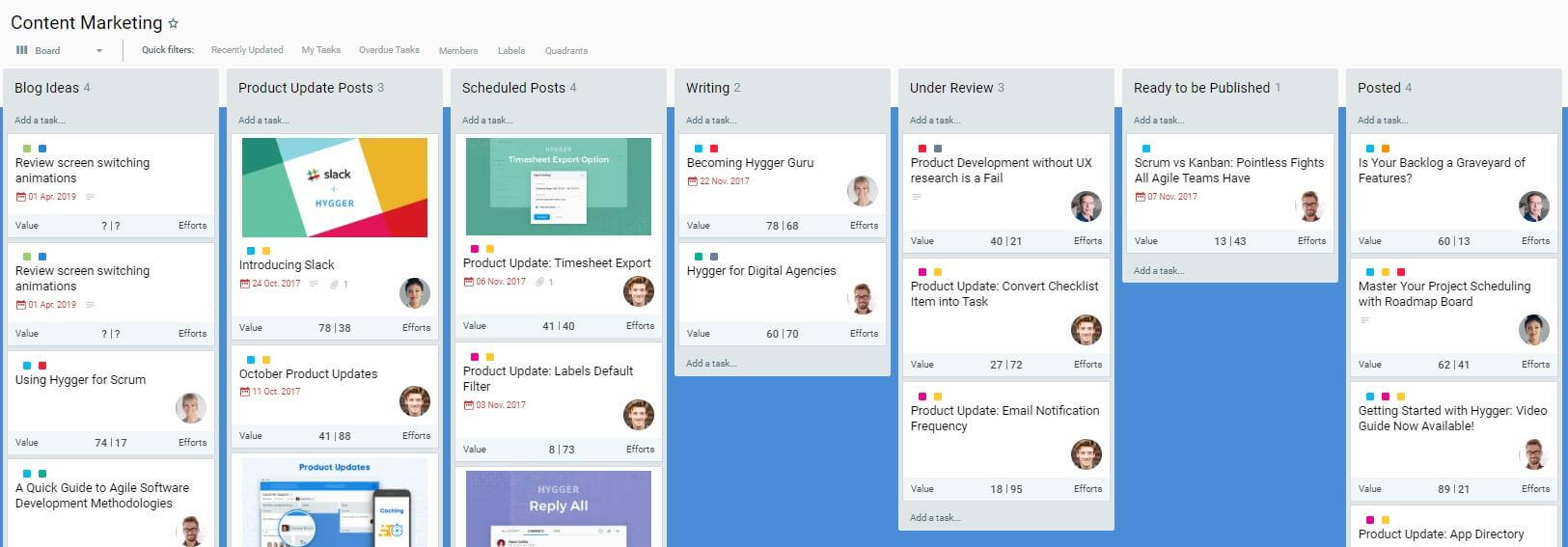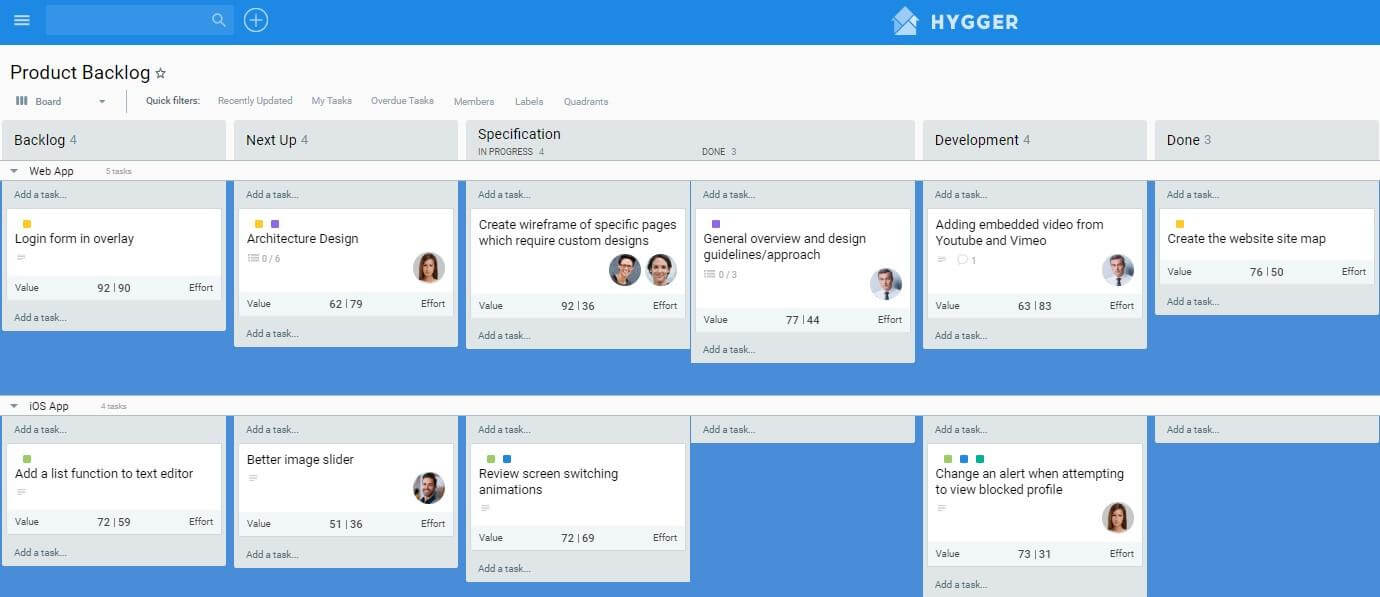
10 Kanban Board Examples
For a successful workflow, it’s important that you always improve. Kanban tools can help you achieve just that. They help organize and analyze all the workflows for faster development. If you want to visualize all the tasks, you can do that faster with convenient Kanban boards.
But, to better understand these boards, it’s important to define them first.
What Are Kanban Boards?
Kanban is a managing method businesses use to organize and visualize their work. It’s now a valuable component in the healthcare, IT, recruitment, construction, sales, education industry, and many more. This method/tool is built on focusing on continuous tasks without overburdening a team. It creates an effective, efficient, and functional working environment.
What’s the Typical Structure of a Kanban Board?
All Kanban boards are meant to ensure perfect workflow, tracking, management, and visualization. A typical board has three columns, which are: “To-Do List," “Work-in-Progress," and "Completed Tasks."
In every structure, there are:
- Columns
- Cards
- Additional elements
Each task is assigned under an appropriate column to ensure the person assigned to it gets the work done. Kanban cards are another valuable component of these boards. They represent separate tasks. The higher the card is on the list, the higher the priority. Any labels, filters, or tags add an additional element to these boards. They make the whole workflow much easier to track and manage.
10 Examples for a Kanban Board to Get Inspired By
If you are looking to re-invent your board, create a new one, or just figure out how they look, then you might want to check out these inspiring Kanban Board examples. It’s all about being creative with your template, adapting it, and creating new innovative structures that can come in handy.
1. Welcome Board
This is the perfect example of a board that helps new members or clients get acquainted with the workflow and projects. This includes company policies, activities, social gatherings, and more.

2. Designing the Board
It’s important for every design team to focus on the basics. The idea is to create an interface that would make for a pleasant experience for potential customers.

3. A Board for Program Development
This is an example of a board with multiple features, ideal for keeping track of bugs or anything that needs fixing.

4. Getting Leads and Managing Deals
The perfect board example is the one that is designed to visualize sales prospects and the purchasing process.

5. Attracting More Attention and Interest
The goal is to create the perfect marketing board to bring in more revenue.

6. Client Support Board
The primary purpose is to provide solutions and answers to any questions a client might have.

7. Creative Writing Board
This is the type of board that helps content creators collect all their work at a single place. It keeps everything neatly organized.

8. Organizing Projects and Queues
This is a board that features all existing projects in a single product backlog.

9. Group Managing Board
The purpose of this board is to help group members stay organized on performing mutual activities.

10. Recruiting Member Board
This is the type of board best suited to select or recruit a specific candidate to work on a certain project.

Conclusion
Every example listed here has its own focus and goal, depending on the type of work. Now that you know how these boards look like, you can get a general idea of what they can help you achieve. You can make the most of these examples and use them as inspiration for your own Kanban board that you are trying to create or update.
